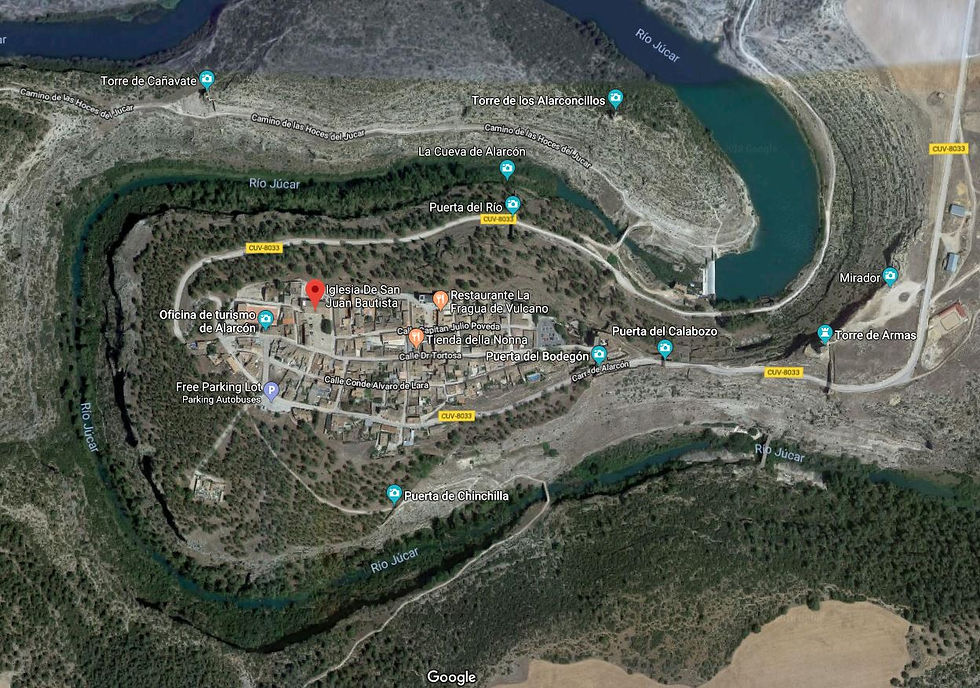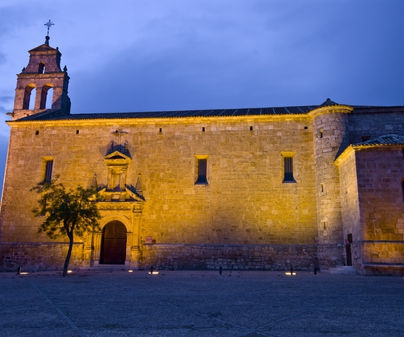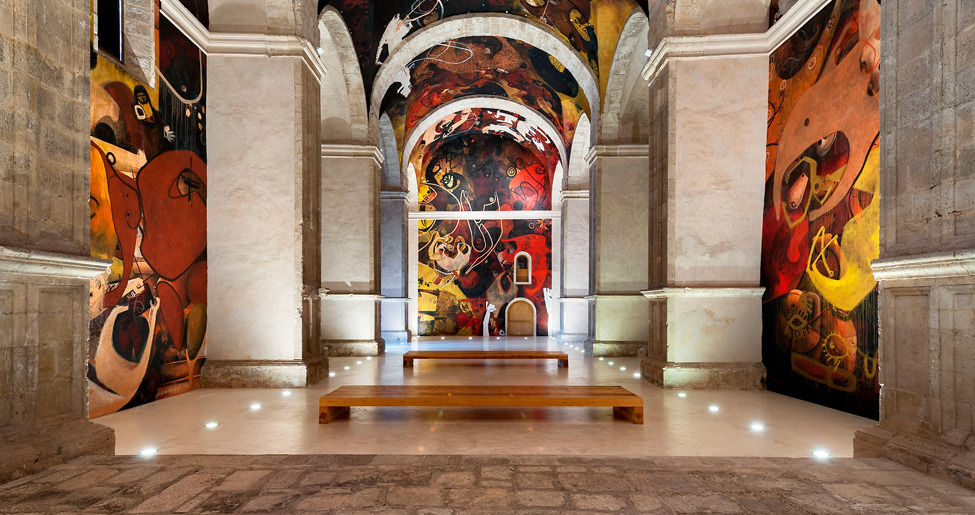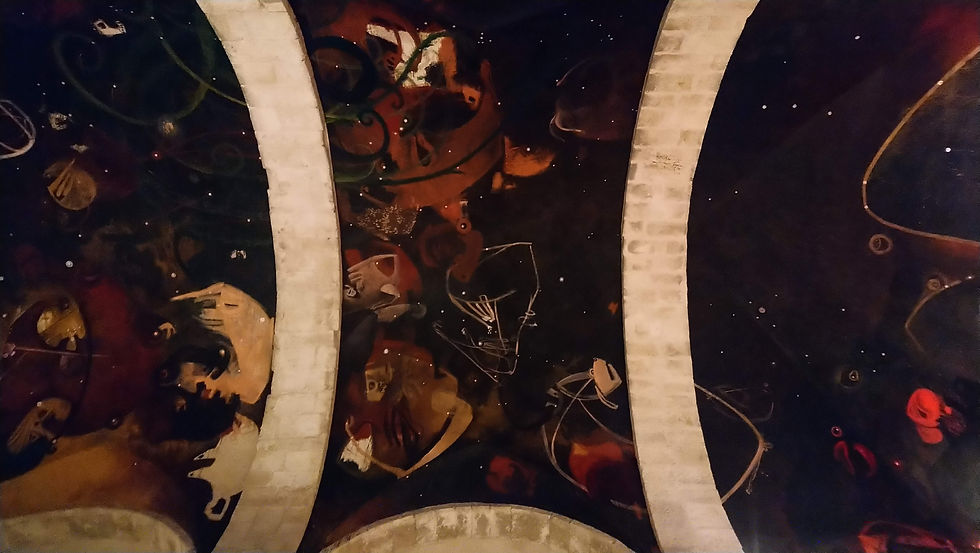The Murals of Alarcón
- Sara Nikté Berrozpe

- Feb 6, 2019
- 2 min read
Updated: Jan 27, 2021
Last December, I went to Cuenca. One of the cities I visited was Alarcón, a little village located in a peninsula, a part of land surrounded by the river Júcar. This small town with 149 inhabitants in 2014, is located 87 kilometers away from the city of Cuenca.

At first sight, it looks like a picturesque village, full of country houses for sale, elderly people sadden by slow population decline and plenty of tourists that like hiking. Only after taking a walk around, you can appreciate the rich story of this place, as well as the secrets it keeps. One of them, The Murals of Alarcón.

The Murals of Alarcón are located in the old church of San Juan Bautista. The current structure dates from the 16th century, as a replacement of the previous Romanesque building. It has a single nave covered with a barrel vault, a portal in the Herrerian style and a tower that remains from the original church. But which is really interesting, it's inside.
So interesting, it's been officially sponsored by UNESCO since 1997. Inside of this unseemly normal church, you can find the Mural Paintings of Alarcón, by Jesús Mateo, self-taught pintor.


In 1994, Jesús started working in sketches, by his own and with no requisition from anybody. With completely freedom and wanting to do something special in the abandoned church.
One year later, a society was created for supporting the artistic work and find fundraising. Thanks to this society, the archbishopric of Cuenca gave their permission for the execution of the artwork.

In that very same year, 1995, Jesús climbed up a ladder and started painting. By his own works, the Murals will portrait Nature, a time before humans were on Earth, the begging of life, dreams, the end of it all, life and it's end. All of this, with an expressive drama, part of the contemporary language. The 3rd December 1997, the UNESCO declared the Murals worldwide artistic interest and started funding them.


The huge size and technical problems related with the structural deterioration of the Church itself, prolonged the production 6 years, when Jesús declared it finished. He had moslty repainting all the insides of the building, with mostly dark colors, created texture and inusual figures.
Since the begging, the Murals had an incredible repercussion, inspiring other artists on their works. Ricardo Sánchez Ortiz de Urbina, Gustavo Bueno and Jordi Savall among others.
The Spanish compositor Eduardo Rincón spent almost a year working on a symphonic poem inspired in this artwork. You can listen to a part from it in the video below.
In this short documentary, (in Spanish) you can learn more about the process, the artist and the present on this little known but amazing masterpiece.
It has drawn more than 40,000 visitors annually since its opening to the public in November 2002, and received support from many scholars and artists. In 11th of June 2005, the paintings were officially inaugurated by the UNESCO.
